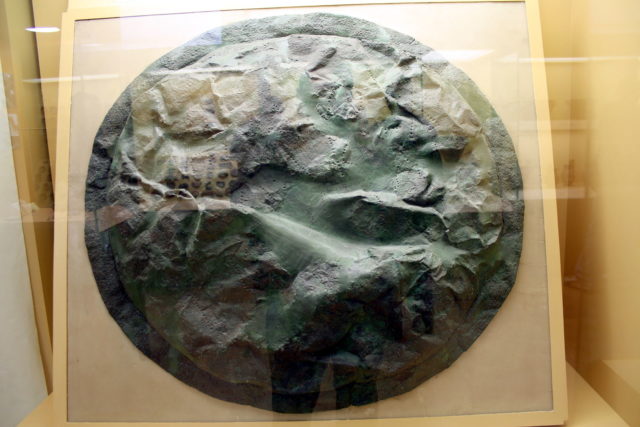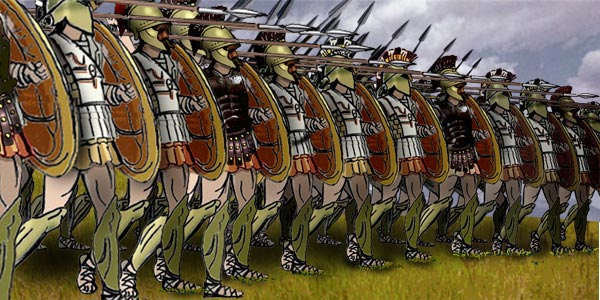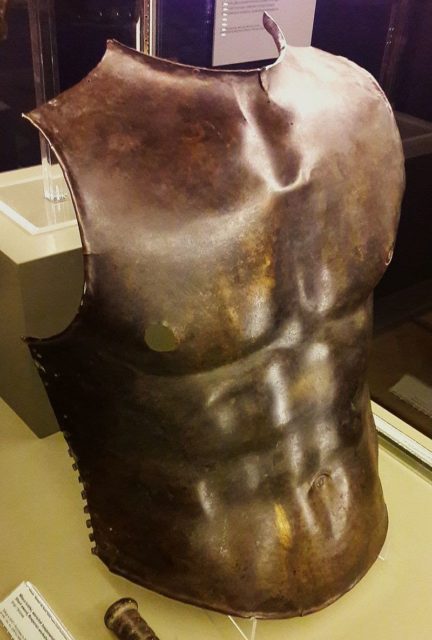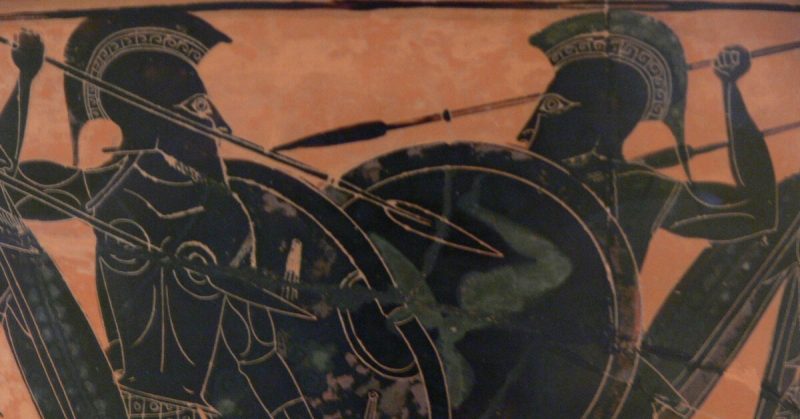Hoplites were the leading warriors of ancient Greece. Their images were reflected in the art of the period and their equipment featured in many of the most iconic portrayals of classical civilization.
Greece’s Finest
The hoplite fighting style and equipment emerged around 700 BC. It is not known exactly where it first arose. The historian Herodotus indicated it came from the Carians in southwest Asia, meaning it was adopted by Greece rather than an invention.
Whether it was introduced or not, it is believed hoplite warfare began in Argos. The style of shield used by hoplites was later referred to as an Argive shield, and an anonymous poem praises the Argives as the region’s most formidable warriors. They defeated the Spartans in 669 BC. The famously fearsome warriors of Sparta would go on to take the crown from the Argives as the most feared warriors in Greece.
The hoplites were by no means the only soldiers of the Greek city states. They were the fighting elite and, as with the knights of medieval Europe or the samurai of feudal Japan, the elite symbolized the way these nations fought.
Equipment
The defining piece of hoplite equipment was the shield. It was round and approximately 80 cm in diameter. The bulk of the shield was made of wood and leather, with a bronze front to offer better protection against attacks.
What made the hoplite shield distinct was its double handle. A warrior put his left arm through one handle, placed near the center of the shield, so it rested on his forearm. He then used his hand to grip the other handle, placed near the rim of the shield.
The advantage of this protection over its predecessors was the arm strap transferred the burden of carrying the shield to the shoulder. As the weight did not have to be supported by the hand and wrist, the shield could be made larger.

The disadvantage was it could not easily be maneuvered to protect a warrior’s entire body. It protected mainly the left side. It worked well if fighters were packed tightly together, each man’s shield protecting the right aspect of the man to his left.
Alongside their shields and swords, hoplites carried thrusting spears around two to two-and-a-half meters long. They wore helmets and greaves to protect their extremities. Early hoplites wore bronze breastplates to protect their bodies. Over time, some abandoned this core armor or wore lighter leather tunics. Their shields, for the most part, protected their bodies so they could do away with the weight of their armor.
Formations
To make the most of the shared protection of their shields, hoplites fought in tightly packed formations. These infantry blocks presented a solid wall of shields, spears protruding like the spines of a porcupine.
These phalanxes were usually eight ranks deep. With their spears, men behind the front rank could fight over their comrades’ shoulders. Those following provided a sense of momentum and warriors who could fill gaps as others fell. On some occasions, the positions were further layered to add to the formation’s strength.
Fighting
Although firmly packed, phalanxes were trained to advance at the double if necessary, as happened at Delium and Marathon. Sometimes they proceeded slowly, a pipe setting the pace.
The heroic literature of the period creates an impression of individual duals and there may have been one-on-one fighting at the start of some confrontations. However, there is also evidence for closely packed formations slamming straight into each other, and this would have made better use of the hoplite fighting style.

Whatever way the battle started, it now turned into the othismos, Greek for shoving. The shields of the opposing phalanxes crashed together. Men tried to stab at exposed areas on their enemies. The lines pressed against each other as they sought advantage.
Some warriors met gruesome deaths. Individual skill played a part but what mattered most was the cohesion of the formation. If they could hold together, keep from losing their nerve, and perhaps press around an enemy flank, then a hoplite phalanx could overcome almost anything.
Supporting Troops
The hoplites defined the Greek armies of the period, and they won most of the battles, yet other forces were also present.
Cavalry was used, usually in a small supporting role. They could be used to scout, protect flanks, and pursue fleeing enemies. Their significant use in front of the hoplites at Leuctra led to disaster for the Spartans, as their broken cavalry retreated through their own phalanxes, destroying their cohesion.

Light troops were also present – sometimes as many as there were hoplites. The term “light” is deceptive, as their equipment varied hugely and could include armor as heavy as that of the hoplites. They included missile troops carrying bows, slings, and javelins.
The light troops added variety and numbers to the hoplite armies. Only in unusual circumstances, such as when terrain got in the way of phalanxes, did they play a decisive part in the outcome of a battle.
The Class Element
A hoplite’s expensive equipment meant the divisions within armies reflected divisions within society. Hoplites were a social and military elite. Most bought their own equipment so needed to be wealthy. Even those equipped by their states appear to have been recruited from the social elite.
Military rank reinforced social class, much as it did with medieval knights or Victorian army officers. As a result, the defeat of a hoplite army was a tremendous shock for society.
The hoplite shield, expensive to produce, shaped not just the tactics but the political significance of war.
Source:
General Sir John Hackett, ed. (1989), Warfare in the Ancient World.
